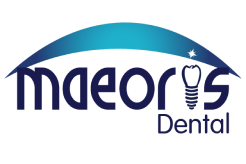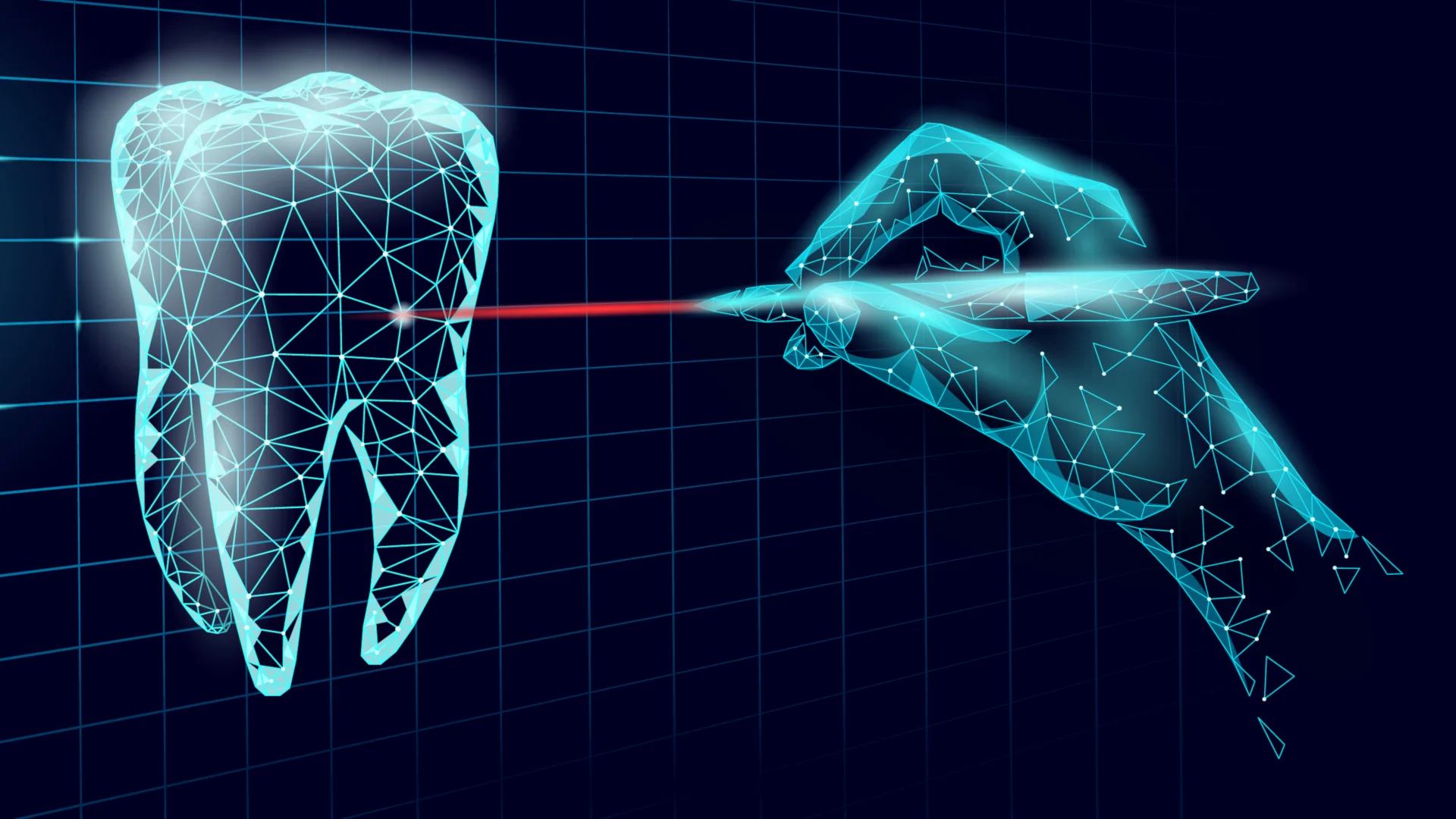Welcome to Maeoris Dental’s blog, where we delve into the intricate world of panfacial trauma – a complex condition affecting the entire face. Panfacial trauma can arise from a variety of causes, including accidents, falls, sports injuries, and assaults, leading to severe injuries that require immediate attention.
At Maeoris Dental, under the leadership of Dr. Senthilkumar, a renowned maxillofacial surgeon, our dedicated team is committed to providing patient-centered care and achieving successful surgical outcomes. Dr. Senthilkumar’s expertise not only encompasses various maxillofacial procedures but also extends to panfacial surgeries, ensuring comprehensive treatment for our patients.
In this blog, we aim to provide a comprehensive overview of panfacial trauma, from its types and causes to the signs and symptoms patients may experience. Moreover, we highlight the pivotal role of dental care in the treatment and rehabilitation process, emphasizing the importance of restoring functionality, aesthetics, and long-term dental health for optimal outcomes. Join us as we explore everything you need to know about panfacial trauma and how our practice is dedicated to delivering exceptional care to those in need.
What is Panfacial Trauma and what are the different types found
Panfacial trauma encompasses fractures across the upper, middle, and lower facial regions, posing complex and potentially life-threatening challenges. Immediate and thorough assessment by a multidisciplinary team, including maxillofacial and plastic surgeons, is essential.
The different types of Panfacial trauma depends on the different areas and structures affected. Some of them are as follows:
- Le Fort Fractures: Affects the upper jaw and surrounding structures.
- Mandibular Fractures: Involves the lower jaw in various patterns and locations.
- Dental Injuries: Some of them like fractures, dislocations, or complete loss, can result from facial trauma.
- Skull Base Fractures: In these scenarios, it may extend to the base of the skull, potentially causing neurological complications.
- Cervical Spine Injuries: Can be associated with panfacial trauma due to the force of impact.
Recognising Signs of Panfacial Trauma
Recognising the signs and symptoms of panfacial trauma is crucial for ensuring timely intervention and achieving the best possible outcomes. Individuals who have sustained panfacial trauma may exhibit facial swelling, bruising, or abnormalities, in addition to experiencing difficulties with breathing, speaking, or changes in vision.
Moreover, sensations of pain, tenderness, numbness, or tingling in the face, as well as the presence of loose or misaligned teeth, may signify significant injury. Additional indicators include bleeding from the mouth or nose and challenges with mouth opening or closure.
Awareness of these symptoms empowers individuals to promptly seek medical attention, facilitating prompt diagnosis and treatment to effectively address the complexities associated with panfacial trauma.
Preventing Panfacial Trauma
Dealing with panfacial injuries can be overwhelming and challenging. We understand the anxiety and the pressing need for a return to normalcy. To prevent panfacial injuries, consider implementing the following precautions:
- Regular Dental Check-Ups: Attending check-ups maintains oral health, catches issues early, and lowers the risk of dental injuries.
- Safety Gear: Wearing helmets, face masks, or mouthguards during sports or hazardous work reduces facial injury risk.
- Seatbelts: Always wearing seat belts in vehicles prevents facial injuries during accidents.
At Maeoris Dental, we empathise with the emotional impact of experiencing or witnessing a panfacial injury. Rest assured, our team possesses extensive experience and exceptional skills in managing panfacial trauma cases. Throughout our long history of handling diverse dental cases, we have developed the expertise to address such complex situations effectively. Furthermore, our facilities are equipped with state-of-the-art technology to ensure that procedures are conducted with precision and care, prioritising the comfort of our patients above all else. Pay a visit to Maeoris Dental to learn more about panfacial injuries and how we can assist you or someone facing this challenge.





